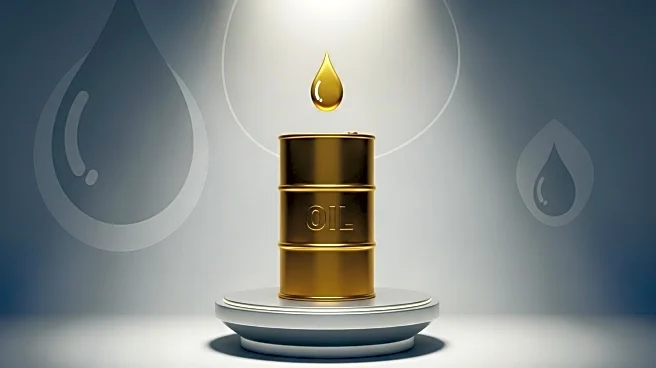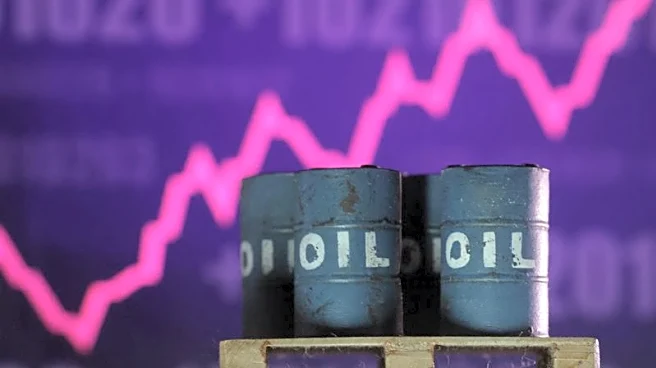What is the story about?
What's Happening?
OPEC has maintained its forecast for global oil demand growth at 1.3 million barrels per day (bpd) for 2025, according to its September Monthly Oil Market Report. The demand growth is primarily driven by non-OECD economies, with minimal contribution from OECD countries. For 2026, OPEC anticipates a slight increase in demand to 1.4 million bpd. However, supply figures are contentious, with non-OPEC+ producers expected to add 0.8 million bpd next year and 0.6 million in 2026, led by the U.S., Brazil, Canada, and Argentina. OPEC's output in August increased by over half a million barrels per day to 42.4 million, following a modest quota rise. Despite the increase, several members are producing below quota, and Saudi Arabia holds most of the spare capacity.
Why It's Important?
The steady demand forecast and contentious supply figures highlight ongoing uncertainties in the global oil market. The U.S. and other non-OPEC+ countries are poised to increase production, potentially affecting global oil prices and market dynamics. The situation is further complicated by geopolitical factors, such as new Russian sanctions, which could impact supply chains. The balance between demand and supply remains delicate, with potential implications for energy prices and economic stability worldwide. Stakeholders, including oil producers and consumers, must navigate these complexities to manage risks and opportunities in the energy sector.
What's Next?
OPEC+ may adjust its production quotas in response to market conditions, while non-OPEC+ countries continue to expand output. The geopolitical landscape, including sanctions and regional tensions, will play a crucial role in shaping future supply dynamics. Market participants will closely monitor these developments to anticipate shifts in oil prices and strategize accordingly.
AI Generated Content
Do you find this article useful?
















